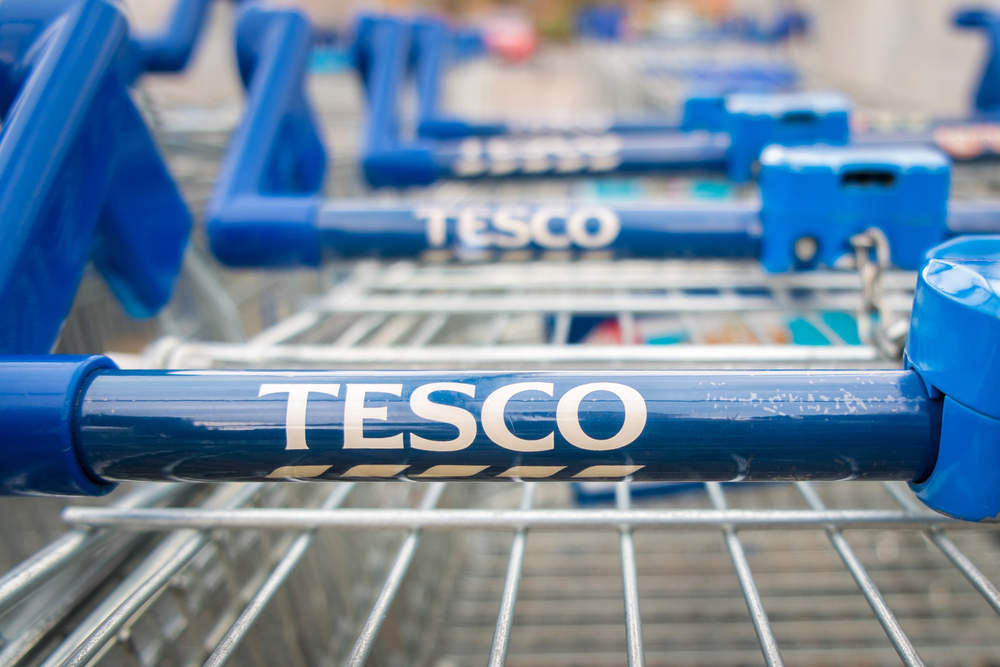Tesco appears to be tightening its control on the food and grocery market with the announcement of a new fascia ‘Jack’s’, a limited assortment discounter, in a bid to directly neutralise the growing threat posed by German discounters Aldi and Lidl.
If it’s true it’s a bold move, but orchestrating the emergence of a new brand without damaging the reputation of the main Tesco image will require pinpoint precision to succeed.
Evidence a new project appeared through online job adverts, with an apparent 60 locations (a mixture of new openings and re-brandings) earmarked for the project.
Moreover, with the potential jobs starting within six weeks, it seems Tesco are convinced this strategy is the right one – moving with such speed to build such a large trail network is not a toe in the water, it’s a dive into the deep end.
And given the rapid expansion of Aldi and Lidl, it’s difficult to disagree.
Discounters rapid growth
Since 2008 the pair have increased their market share from 2.9% to 9.4%, with Tesco (alongside the rest of the ‘Big Four’) a victim of their success. So Tesco – alongside its recently acquired wholesale sidekick Booker – have come to the simple conclusion “Discounters are here to stay; and we’re big enough to take a slice”.

US Tariffs are shifting - will you react or anticipate?
Don’t let policy changes catch you off guard. Stay proactive with real-time data and expert analysis.
By GlobalDataBut there are two issues Tesco must consider carefully: the longevity of the project given the scale necessary to make such a discount fascia profitable, and disrupting sales at the main brand through an
erosion of brand image.
Sainsbury’s attempted a similar concept in 2014 through a partnership with Netto, and its failure two years later came as a result of failure to expand quickly or sizeable enough.
Tesco could face a similar issue down the road; 60 stores is a large number to start off with, but expanding this to the couple of hundred or more needed for viability (without taking too many sales from existing Tesco locations) will be challenging.
Will Tesco discounter format work?
With its relationship with Booker and new association with European giant Carrefour, Tesco will feel that the buying power it now wields will be enough to make this a success.
Tesco last tried the discounter approach in the mid-80s under Victor Value. As with Sainsbury’s-Netto it was eventually abandoned – but this time the blame fell on the discount brand undermining the mainTesco brand.
CEO Dave Lewis will be keen to avoid a déjà vu, and may feel that the price-led customers of 2018 will not be as discriminating against own-label products as shoppers were 30 years ago.
To pull this off, Tesco will need to use every part of its business wisely. Since the acquisition Booker has impressed, and will likely play a key role in the anticipated Jack’s format in a structure that may more closely resemble that of a cash-and-carry model such as Costco’s.
But it will need to do this while maintaining focus on developing its core convenience structure, and not divert too much investment away from such innovations as its cashless store trial.
Furthermore, it will need to differentiate itself from Aldi and Lidl, and will need to attack on price the most to do so.








